an epidemiological perspective of ultraviolet exposure-public health concerns
Epidemiology is the study of the distribution and determinants of health-related states conditions or events in specified populations and the application of the results of this study to the control of health problems1 It is a quantitative science concerned in infectious diseases with the circumstances under which disease processes occur the factors that affect their incidence. The 5Ws of descriptive epidemiology.
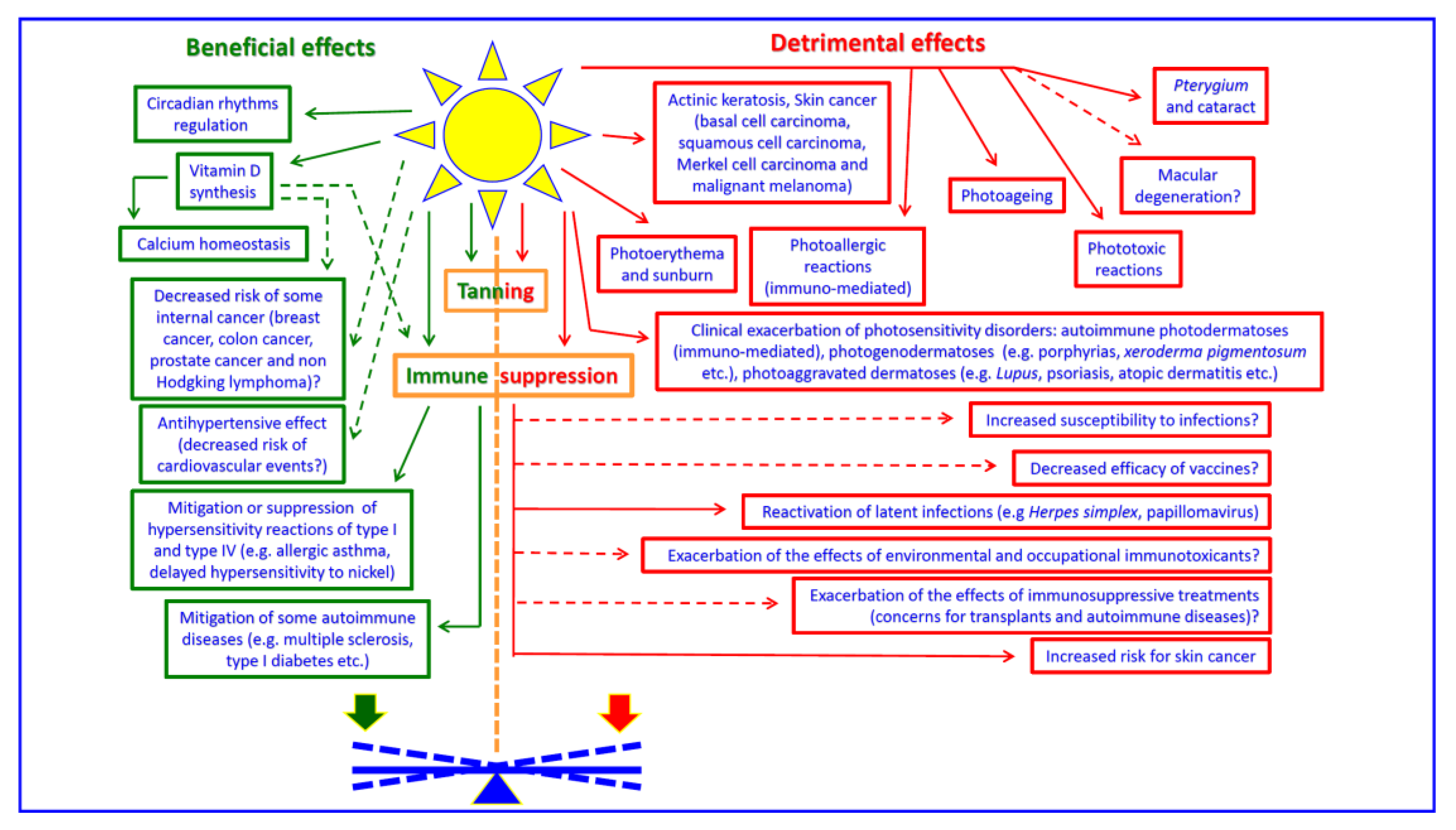
Ijerph Free Full Text Balance Between Health Risks And Benefits For Outdoor Workers Exposed To Solar Radiation An Overview On The Role Of Near Infrared Radiation Alone And In Combination With
Kelce and Borgerts concerns about the paucity of epidemiological data correlating EA exposure via use of plastics with adverse human health effects is analogous to the long-standing controversy for tobacco which is now highly regulated largely because increasing numbers of epidemiological studies.
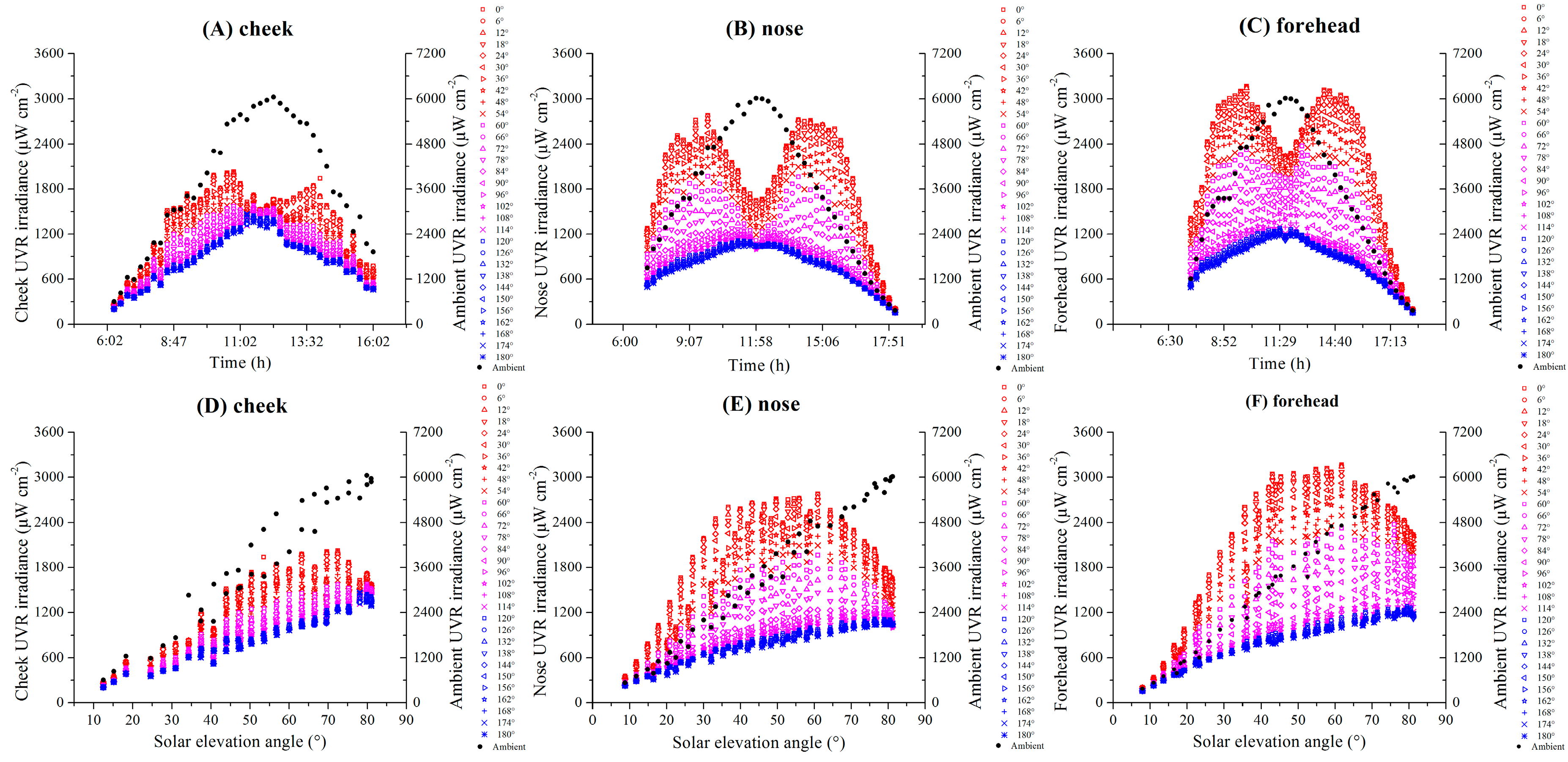
. An epidemiological perspective of ultraviolet exposure--public health concerns. UV radiation UVR exposure is the major environmental risk factor for skin cancers 5 and reducing UVR exposure and adopting sun protection habits eg wearing sunscreen hats shirts and sunglasses are the main public health recommendations for prevention. Lucas and Anthony J.
Eye Contact Lens 374. Skin cancer is major public health problem surgeon general says Almost all of these cancers were caused by unnecessary ultraviolet radiation exposure usually from excessive time in the sun or. Department of Energys Office of Scientific and Technical Information.
Environmental epidemiology in public health See page 423. The most common ultraviolet-related malignancies are nonmelanoma skin cancers NMSCs which in the United States are approxi. In particular exposure to ultraviolet radiation can lead to melanoma of the skin which is the deadliest form of skin cancer in the United States.
1Department of Dermatology Henry Ford Hospital 3031 West Grand Boulevard Detroit MI 48202 USA. A Path in Epidemiology. The foundation of public health Roger Detels MD MS.
Wildfire smoke a potential infectious agent. The Epidemiology Program a research division of VAs Office of Patient Care Services conducts epidemiology research studies and surveillance the collection and analysis of data on the health of Veterans. Furthermore epidemiology has been.
Abstract Epidemiology is the basic science of public health because it is the science that describes the relationship of health or disease with other health-related factors in human populations such as human pathogens. Epidemiological studies often constitute an important component of that evidence but their strengths and limitations are often misunderstood. An epidemiologic perspective on ultraviolet light and skin cancer.
An epidemiological perspective of ultraviolet exposure--public health concerns. Whyhow causes risk factors modes of transmission. Kozma B1 Eide MJ2.
Convective air currents and incomplete combustion combine to vector diverse microbes into smoke plumes. Over the last 30 years many countries have developed strong sun protection programs spurred on by rapidly increasing skin cancer incidence and concerns about stratospheric ozone depletion. An epidemiological perspective of ultraviolet exposure--public health concerns.
Robyn M Lucas National Centre for Epidemiology and Population Health The Australian National University Canberra Australia. UV exposure estimated by our residential model is vulnerable to exposure error although the exposure misclassification is expected to be nondifferential. They investigate concerning health trends and diseases affecting specific populations.
For the eyes to our current knowledge exposure to UV radiation has only adverse effects. As noted earlier every novice newspaper reporter is taught that a story is incomplete if it does not describe the what who where when. Epidemiology is a specific concentration within the public health field.
Mately equal in incidence to all other malignancies combined. Wildfires over the past 3 years have resulted in lengthy episodes of smoke inundation across major metropolitan areas in. 792 Bulletin of the World Health Organization October 2005 83 10 Public Health Classics This section looks back to some ground-breaking contributions to public health reproducing them in their original form and adding a commentary on their significance from a modern-day perspective.
To the exposure in the population. More recently considerable concern has arisen about widespread vitamin D insufficiency creating a. Most studies on risk factors in the general environment show only modest relative risks but these effects may still be important from a public-health perspective if large population groups are exposed.
While public health is an all-encompassing area of study this discipline focuses on uncovering the particular patterns and causes of disruptions in public health. McMichael review The. Shown is the Brian Head Fire in Utah that raged for several weeks in 2017.
It has even been claimed that epidemiology is approaching its limit with particular reference to. To clarify the process of acute lens epithelial cell photo-damage induced by ultraviolet B UV-B exposure and its repair. Epidemiology is the study of health in populations to understand the causes and patterns of health and illness.
We also cannot rule out that the associations for radon may be subject to residual confounding by UV exposure given that UV is such a strong risk factor for skin cancer. Regulatory agencies and the general public are asking for scientific evidence on which to base estimations of risk. Ultraviolet radiation is recognized as a human carcinogen by the International Agency for Research on Cancer the worlds authority on cancer research.
What health issue of concern. Methods Pigmented rabbits were exposed to UV-B 300 mJcm2. Ultraviolet radiation exposure has a variety of adverse health effects including both malignancies and nonmalignant disorders of the skin and other organs.
There is strong evidence that acute high dose exposure to UV radiation causes photokeratitis and photoconjunctivitis while even low dose chronic exposure to UV radiation is a risk factor for cataract pterygium and squamous cell carcinoma of the cornea and conjunctiva. Request PDF An Epidemiological Perspective of Ultraviolet ExposurePublic Health Concerns Over the last 30 years many countries have developed strong. Epidemiology Research Studies.
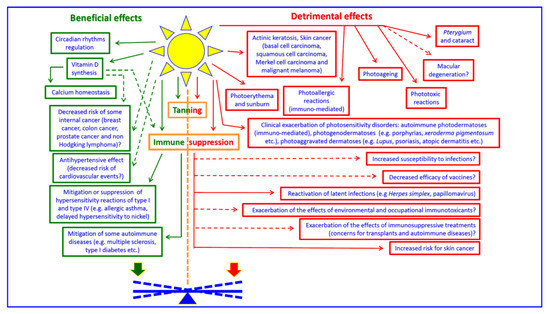
Ijerph Free Full Text Balance Between Health Risks And Benefits For Outdoor Workers Exposed To Solar Radiation An Overview On The Role Of Near Infrared Radiation Alone And In Combination With
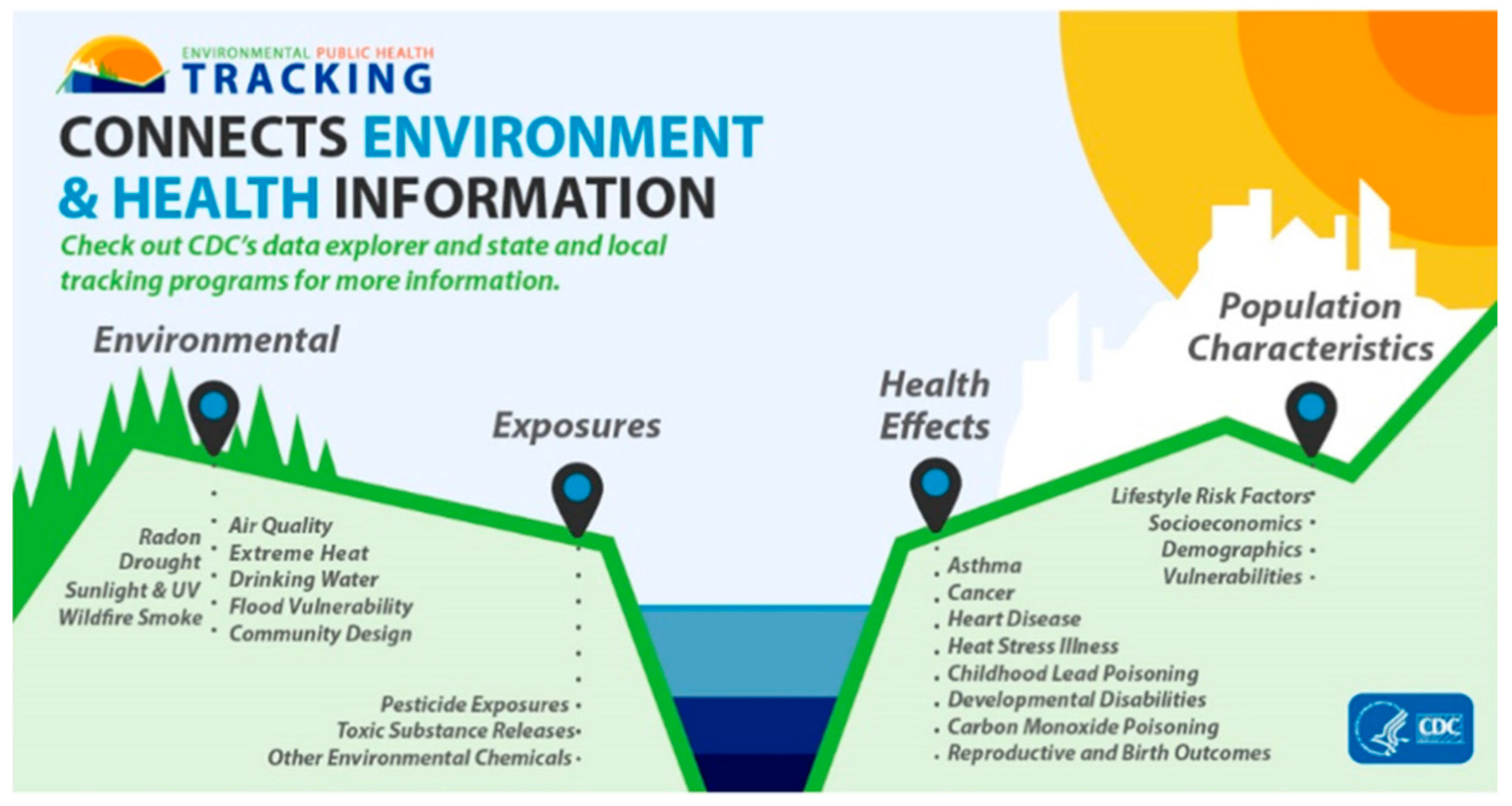
Ijerph Free Full Text Advancing Global Health Through Environmental And Public Health Tracking Html

The Efficacy Of Ultraviolet Light Emitting Technology Against Coronaviruses A Systematic Review Journal Of Hospital Infection

Ijerph Free Full Text Risk Assessment Of Face Skin Exposure To Uv Irradiance From Different Rotation Angle Ranges Html

Supplemental Materials For The Lancet Countdown On Health And Climate Change From 25 Years Of Inaction To A Global Transformation For Public Health The Lancet
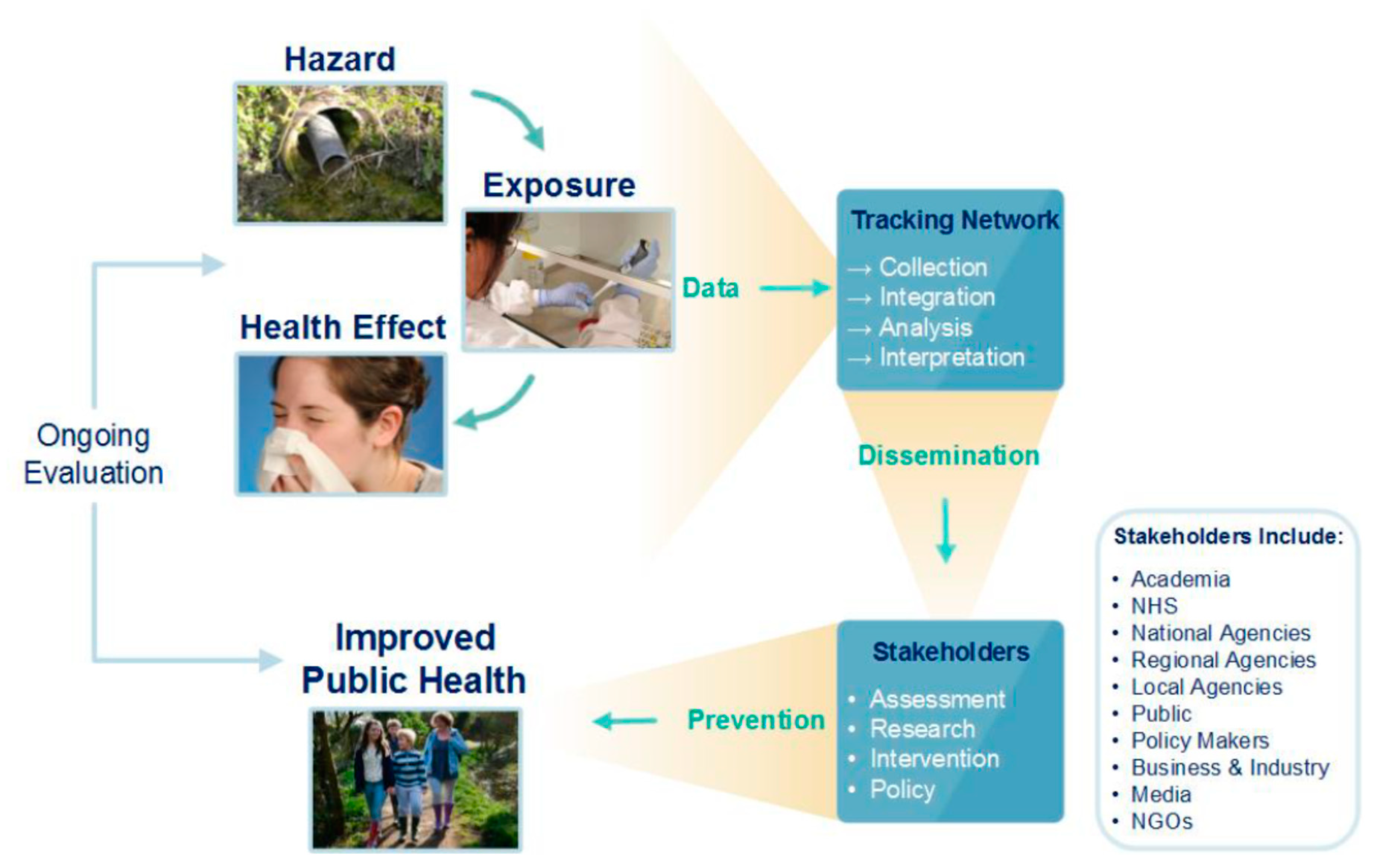
Ijerph Free Full Text Advancing Global Health Through Environmental And Public Health Tracking Html
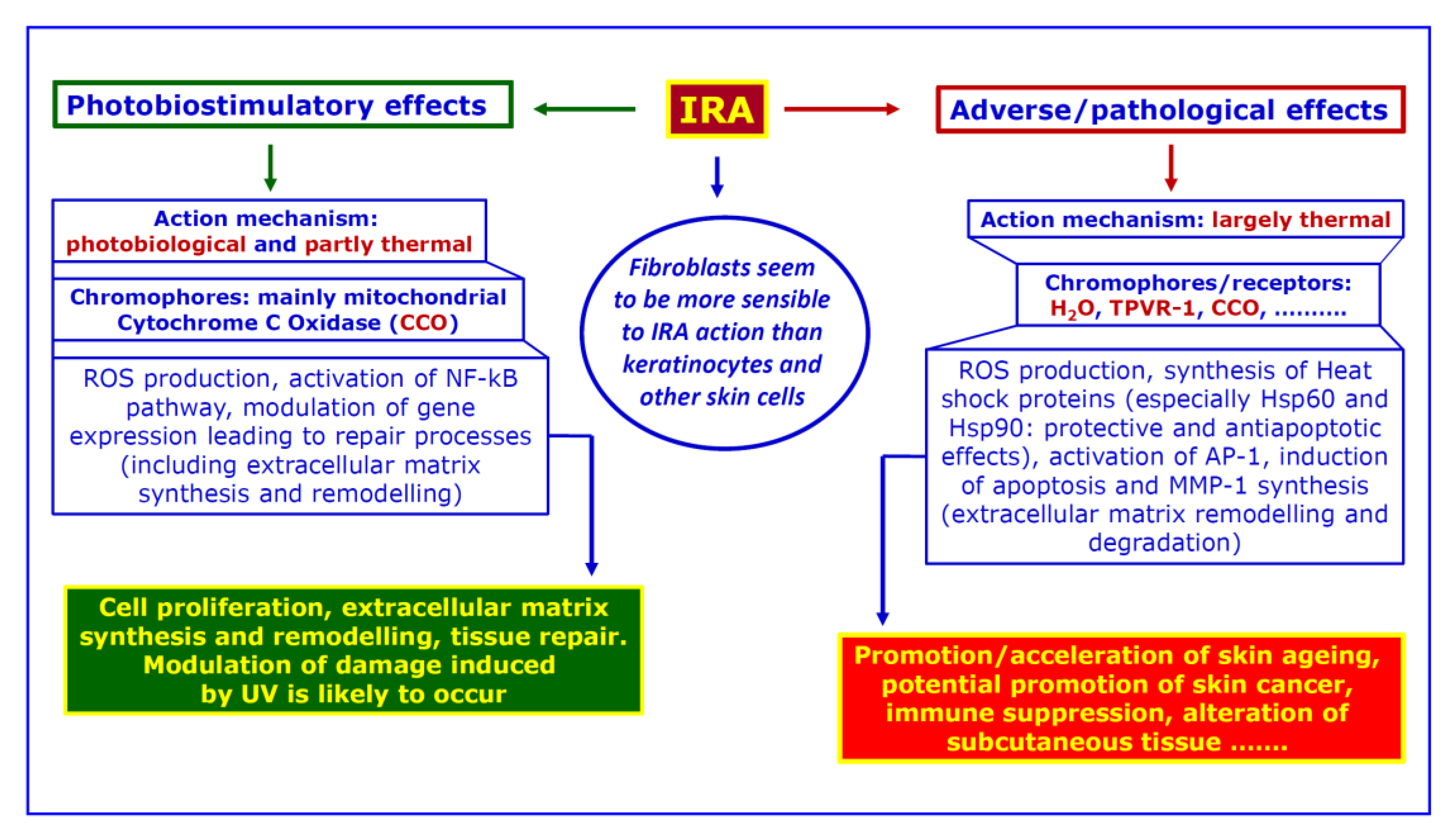
Ijerph Free Full Text Balance Between Health Risks And Benefits For Outdoor Workers Exposed To Solar Radiation An Overview On The Role Of Near Infrared Radiation Alone And In Combination With
Belum ada Komentar untuk "an epidemiological perspective of ultraviolet exposure-public health concerns"
Posting Komentar